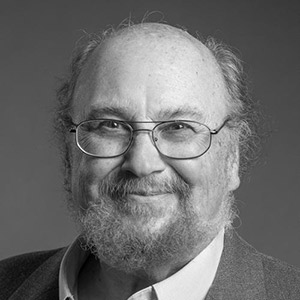Abstract: In 1961, in its Mapp v. Ohio ruling, the Supreme Court declared that every state must exclude from criminal trials evidence obtained in violation of the Fourth Amendment, the "exclusionary rule." At the time the Court issued its ruling, twenty-four states allowed ill-gotten evidence in their criminal trials, and twenty-four excluded it. Commentators who have looked only at the cases in which evidence is actually excluded have found that there is little impact of the rule. The economic model of the search warrant process predicts an increase in crime rates after the Court forced states to adopt the exclusionary rule as police officers substitute away from searches towards alternatives they consider less effective. Our empirical analysis supports these theoretical predictions. A statistically and economically significant increase in crimes followed the Court’s enactment of the exclusionary rule, ranging from 3 percent increases in larceny to 30 percent increases in assault. The major impact of this ruling was on smaller cities. In addition to the Mapp v. Ohio ruling, we also examined two other major rules imposed on the states by the Court. These are the rule granting indigent defendants the right to counsel, imposed in the Gideon v. Wainwright ruling of 1962, and the Miranda v. Arizona ruling of 1966, granting the right to remain silent and have an attorney present during questioning. While the effects are not as large as those of Mapp v. Ohio, these two rulings also increased crime rates in those states affected by the new rules.
Effects of Criminal Procedure on Crime Rates
Mapping Out the Consequences of The Exclusionary Rule
Paul H. Rubin is a Research Fellow at the Independent Institute, the Samuel Candler Dobbs Professor of Economics at Emory University, and a contributing author to the book American Health Care: Government, Market Processes, and the Public Interest (Independent Institute).
Comments
Before posting, please read our Comment Policy.







